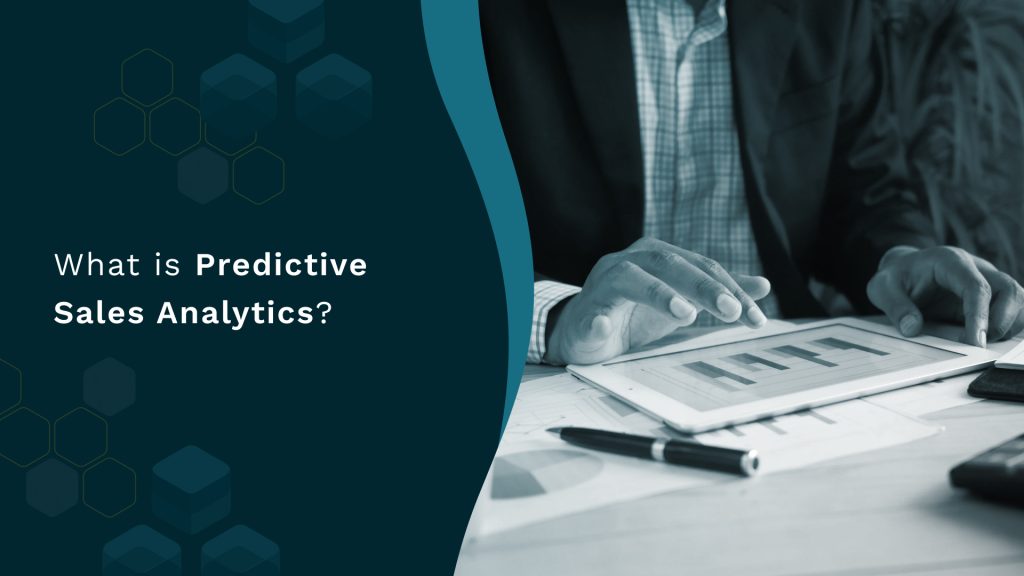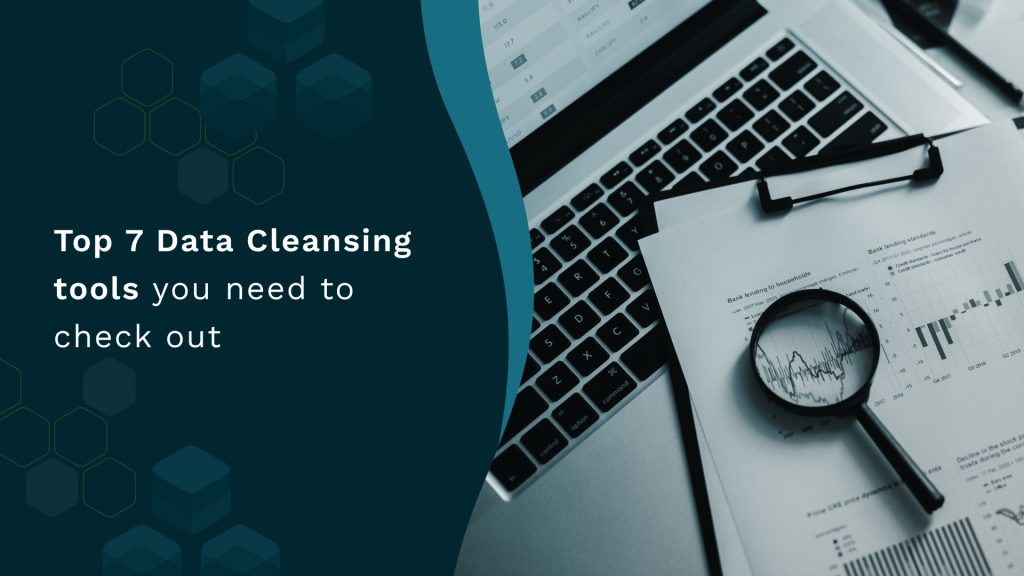The Ultimate Guide to After-Parties at the Forrester B2B Summit 2023
The Ultimate Guide to After-Parties at the Forrester B2B Summit 2023 ABM RevOps Sales Looking to take your networking and socializing to the next level at the Forrester B2B Summit 2023? Look no further! We’ve curated a list of the hottest parties happening during the summit, ensuring you have a fantastic time while connecting with industry leaders, enjoying live entertainment, and creating lasting memories. From poolside gatherings to VIP lounges and late-night soirees, these parties offer the perfect blend of business and pleasure. So grab your dancing shoes, bring your A-game, and get ready for an unforgettable experience! 1. Poolside Welcome Party by Bigtincan Dive into the Forrester B2B Summit with Bigtincan’s Poolside Welcome Party! Enjoy a relaxed and vibrant atmosphere, sip on refreshing drinks, and mingle with industry experts while taking in the poolside ambiance. Date: 4th June 2023Time: 5:30pm – 7:30pmVenue: Fairmont Poolside Terrace, 7th FloorMore Info Here. 2. Forrester Pre-party with Sequel Kickstart your Forrester B2B Summit experience with the exciting Forrester Pre-Party by Sequel. Connect with industry professionals, enjoy a relaxed and welcoming atmosphere, and get ready to network and engage in insightful conversations before the main event begins. Date: 4th June 2023Time: 6:30pm – 9:30pm CDTVenue: Zanzibar Rooftop Bar, 304 E Cesar Chavez St, Unit 700, Austin, TX 78701Register here. 3. Bombora VIP Brunch Start your day off right with the Forrester B2B Summit Brunch hosted by Bombora. Enjoy a delicious spread of gourmet food, connect with industry peers over a delightful meal, and fuel up for a day of learning, networking, and inspiration at the summit. Date: 5th June 2023Time: 8:00am – 9:30amVenue: The Four Seasons, 98 San Jacinto Blvd, Austin, TX 78701Register to Attend 4. Relax, Refresh, and Recharge with Demandbase Take a break from the conference and rejuvenate at the Smart Lounge. Unwind in a serene atmosphere, indulge in self-care activities, and refuel your energy with rejuvenating amenities and experiences, ensuring you stay at the top of your game throughout the Forrester B2B Summit. Date: 5th & 6th June 2023Time: 8:00am – 5:00pm CTVenue: 340 E 2nd St, Austin, TX 78701Save your seat 5. Sendoso’s VIP Happy Hour Elevate your networking experience at the exclusive VIP Happy Hour. Enjoy premium drinks, engage in strategic conversations, and connect with top industry influencers in a sophisticated and intimate setting, making it a must-attend event for forging valuable connections at the Forrester B2B Summit. Date; 5th June 2023Time: 6:45pmVenue: Zanzibar, 304 E Cesar Chavez St Unit 700, Austin, TX 78701Sign Up 6. Happy Hour and Networking at Half Step Bar by Showpad Raise a glass and connect with fellow professionals at the lively Happy Hour and Networking Event. Enjoy drinks, engage in meaningful conversations, and expand your network in a vibrant and collaborative environment, fostering valuable relationships at the heart of the Forrester B2B Summit. Date: 5th June 2023Time: 7:00pm – 9:00pmVenue: Half Step Bar, 75 1/2 Rainey Street Austin, TXSave your Spot 7. Hotness Happy Hour by Demandbase Spice up your networking experience with the Hotness Happy Hour. Savor tantalizing cocktails, engage in lively conversations, and connect with industry influencers in a vibrant and energetic setting, making it a memorable and dynamic part of your Forrester B2B Summit journey. Date: 5th June 2023Time: 7:00pm CTVenue: 340 E 2nd St, Austin, TX 78701Save your seat 8. Chill Time at the Forrester B2B Summit Enjoy some chill time at the Forrester B2B Summit at the Lucille Patio Lounge. Hosted by Stensul, MRP, Openprise, and Shift Paradigm, you can expect some delicious food and refreshing drinks in a fully private space. Austin’s very own Jo James is also scheduled to perform some live Texas blues music! Date: Monday, 5th June, 2023Time: 6:30pm – 8:30pm CTVenue: Lucille Patio Lounge, 77 Rainey Street, AustinRegister Here. 9. B2B: Brews & Bites Immerse yourself in a dynamic B2B event hosted by Knak. Engage in interactive sessions, gain valuable insights from industry experts, and discover cutting-edge strategies to elevate your B2B marketing game, making it an essential experience for attendees at the Forrester B2B Summit. Date: 6th June 2023Time: 4:30pm – 8:30pmVenue: Banger’s Sausage House and Beer Garden, 79 Rainey Street, Austin, TXGet on the Guestlist 10. Red Carpet & Private Concert by Bigtincan Get ready to rock out at the exclusive Private Concert during Forrester B2B Summit 2023! Experience an electrifying performance by renowned artists, dance the night away, and create unforgettable memories with fellow attendees. Enjoy cocktails, lively conversations, and forge new connections with industry professionals in a relaxed and informal setting. Date: 6th June 2023Time: 7:00pm – 10:00pmVenue: Austin Convention CentreMore Info Here. 11. Modern RevTech Happy Hour Join a Texas-style happy hour! Rather than just adding more tools to your sales and marketing team infrastructure – add the right, modern tools that work together. Join leaders from Highspot, Klue and Salesloft in a casual environment to learn more. Appetizers and drinks will be served. Date: June 6, Time: 5-7pmVenue: Vince Young SteakhouseRegister here. With this exciting list of parties, the Forrester B2B Summit 2023 promises to be an event like no other. These parties provide the opportunity to unwind, build connections, and enjoy the vibrant atmosphere alongside like-minded professionals. We can’t wait to meet you there! Did we miss out on any event? Send a tweet to @ainektar and we’ll be sure to add it in. Meet the Nektar Team! Come, say hello to the Nektar team (Jordan, Logan, Danielle, & Abhijeet). Whether it’s about after-parties, accelerating your revenue funnel or plugging CRM data gaps, we would love to chat. Book a time here.


